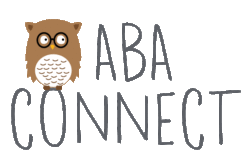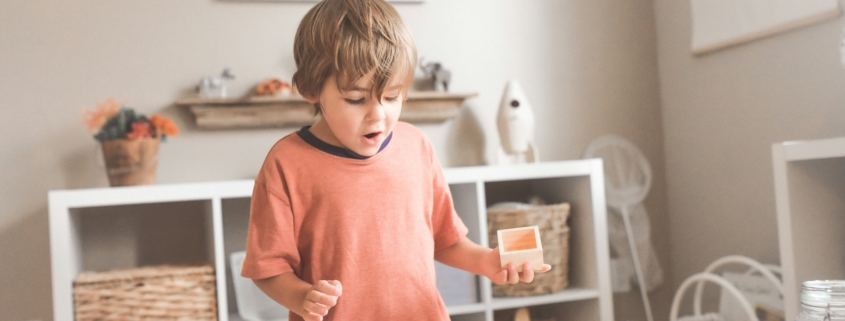Creating a Home Environment For Your Child with Autism to Thrive
As parents of young children with autism, creating a supportive home environment is essential to promoting your child’s development, comfort, and well-being. A home that is tailored to meet the unique needs of your child can significantly and positively impact their daily routines and overall quality of life. In this blog post, we’ll explore tips and strategies to create an autism-friendly home environment based on evidence-based practices and recommendations from peer-reviewed journals.
- Establish a Structured Routine: Children with autism thrive on routine and predictability. Establishing a consistent daily schedule can help reduce anxiety and provide a sense of stability for your child. Use visual schedules, timers, and visual cues to help your child understand and anticipate daily activities, such as mealtimes, bedtime, and transitions between activities.
- Create Sensory-Friendly Spaces: Many autistic children have sensory sensitivities. Designating sensory-friendly spaces in your home can provide a safe and calming environment for your child. Consider factors such as lighting, noise levels, and tactile stimuli when designing these spaces. Provide sensory toys, weighted blankets, and other sensory tools to help your child regulate their sensory experiences. Click here to learn how to create a sensory box for your child.
- Implement Visual Supports: Visual supports, such as picture schedules, visual timers, and social stories, can help your child understand and navigate their environment more effectively. Use these visual –tools to reinforce routines, communicate expectations, and teach new skills. They can be particularly helpful for children with limited verbal communication skills.
- Foster Communication and Social Interaction: Create opportunities for communication and social interaction within the home environment. Encourage your child to engage in turn-taking games, joint activities, and pretend play with family members. Use visual supports and prompts to facilitate communication and social interactions, and model appropriate social behaviors for your child. Check out our blog for some ideas about the power of play.
- Support Independence and Life Skills: Promote independence and life skills by creating a home environment that encourages your child to participate in daily activities. Provide visual supports and adapted tools to help your child learn self-care skills, household chores, and other practical skills. Break tasks down into manageable steps and provide positive reinforcement for their efforts.
- Prioritize Safety and Accessibility: Ensure that your home is safe and accessible for your child with autism. Install safety gates, secure furniture and appliances, and remove potential hazards from the environment. Create clear boundaries and designate safe areas for your child to play and explore. Consider the sensory and mobility needs of your child when designing the layout of your home. Click here to learn more
Creating an autism-friendly home environment requires thoughtful planning, patience, and flexibility. By implementing these tips and strategies, you can create a supportive and nurturing environment that promotes your child’s development, comfort, and happiness.
References:
Jones, E. A., & Feeley, K. M. (2016). Systematic Review of the Effects of Person-Centered Approaches to Autism Intervention. Research in Autism Spectrum Disorders, 27, 1–10.
Schaaf, R. C., & Lane, S. J. (2015). Toward a Best-Practice Protocol for Assessment of Sensory Features in ASD. Journal of Autism and Developmental Disorders, 45(5), 1380–1395.
Grandin, T. (1995). Teaching Tips for Children and Adults with Autism. Future Horizons.
Kasari, C., & Lawton, K. (2010). New Directions in Behavioral Treatment of Autism Spectrum Disorders. Current Opinion in Neurology, 23(2), 137–143.
Smith, T., & Iadarola, S. (2015). Evidence Base Update for Autism Spectrum Disorder. Journal of Clinical Child & Adolescent Psychology, 44(6), 897–922.
Anderson, C., & Lawton, K. (2019). Autism Spectrum Disorder in the Home Environment: A Scoping Review of the Literature. Autism: The International Journal of Research and Practice, 23(5), 1111–1124.





Leave a Reply
Want to join the discussion?Feel free to contribute!